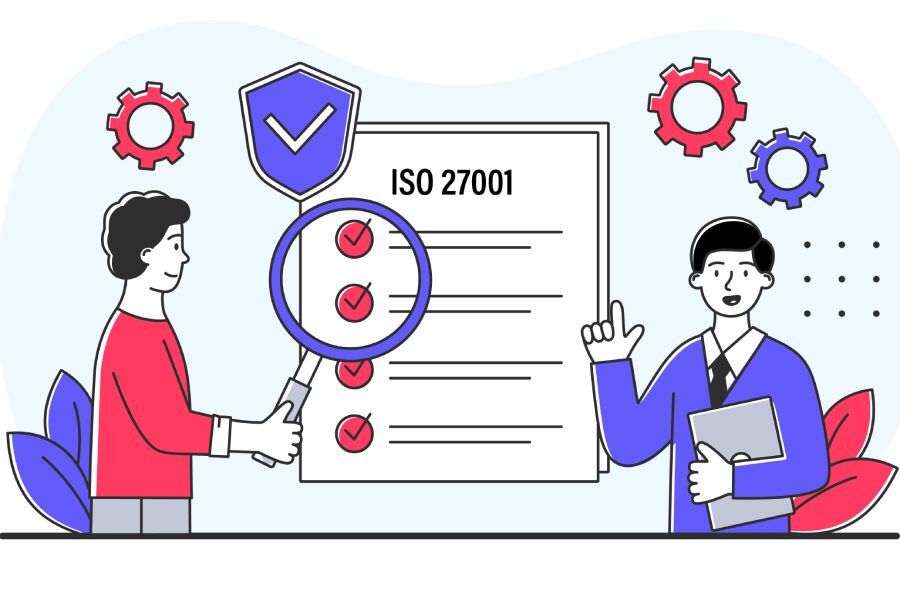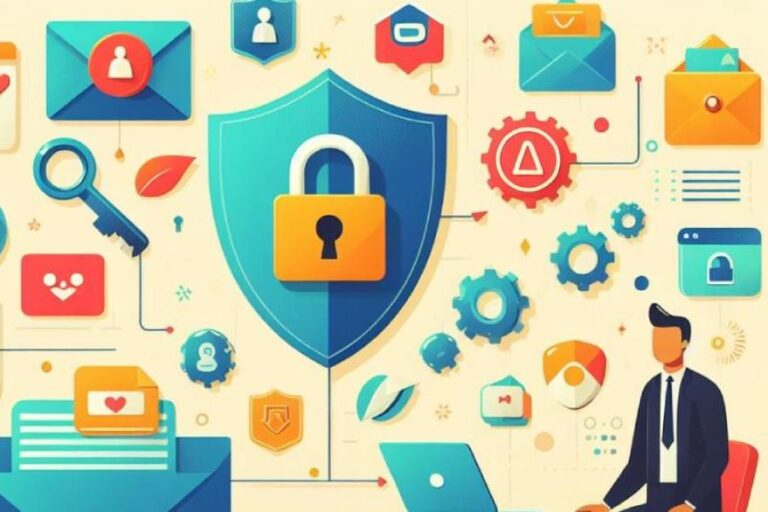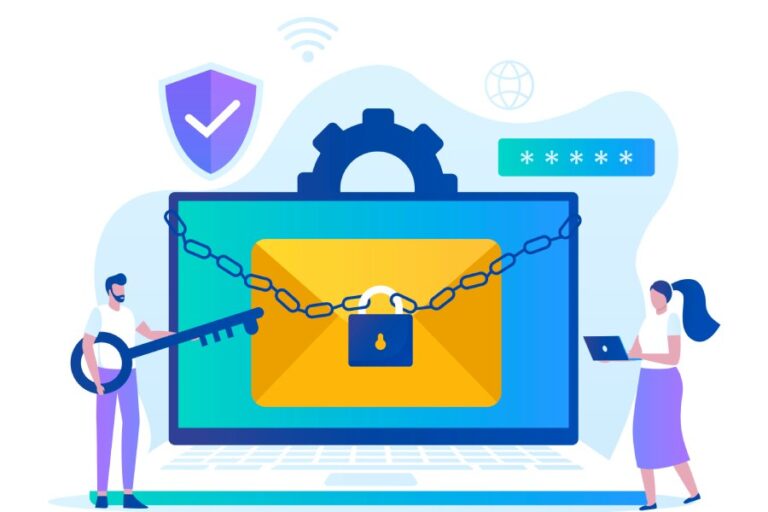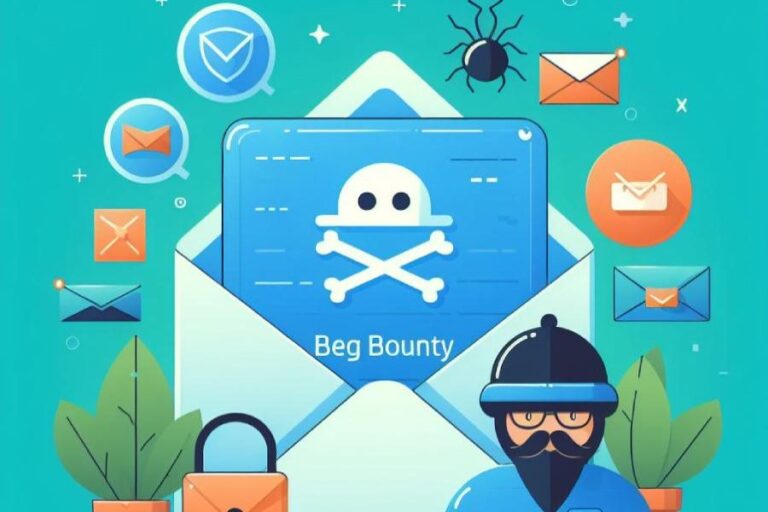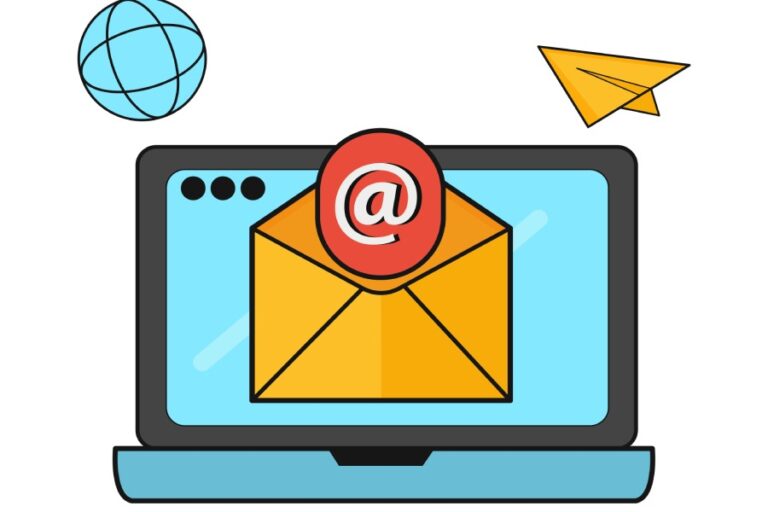DMARC- The secret weapon for SOC 2 and ISO 27001 compliance
SOC 2 and ISO 27001 are not just limited to firewalls and passwords. Amidst the growing threat landscape and the sophistication driven by artificial intelligence, they require protection against data breaches, including email-based cyberattacks.
As per Barracuda’s 2025 Email Threats Report, one in every four emails was either malicious or spam, reinforcing the idea that email is the dominant attack surface. This is where DMARC helps domain owners tell receiving email servers how to handle spoofed emails sent from their domain by unauthorized senders.
This article explains how DMARC helps meet SOC 2 and ISO 27001 requirements and what happens if you ignore it in your compliance plan.
How does DMARC map to SOC 2 and ISO 27001 controls?
When companies prepare for SOC 2 and ISO 27001 compliance, they often overlook email authentication controls like DMARC, which directly support these standards.
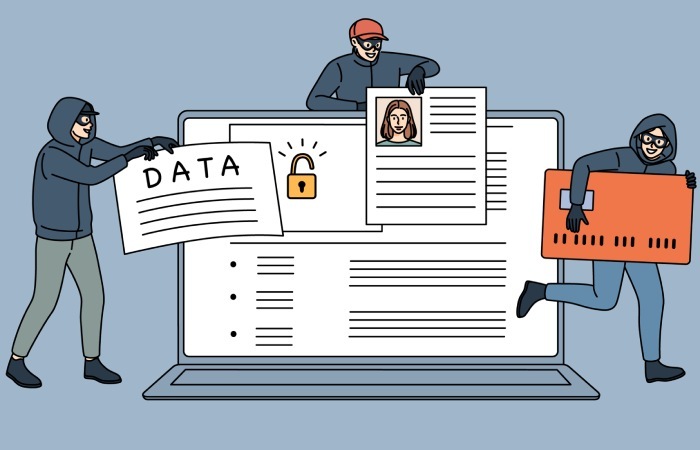
SOC 2 alignment
SOC 2 is based on the Trust Service Criteria developed by AICPA, which essentially includes security, availability, and processing integrity, confidentiality, and privacy. DMARC helps fulfill these by preventing unauthorized use of your domain, which is these days a common cyberattack vector for data breaches and fraud.
CC6.x: Logical and Physical Access Controls
This criterion addresses how organizations prevent unauthorized system access. DMARC, SPF, and DKIM collectively ensure that only approved mail servers can send emails on behalf of your domain, reducing impersonation risks.
CC7.x: System Operations and Change Management
Organizations must detect and mitigate system changes that could impact security. Since DNS-based email authentication is configuration-driven, monitoring DMARC policy changes (e.g., from p=reject to p=none) aligns with CC7.x expectations for security control oversight.
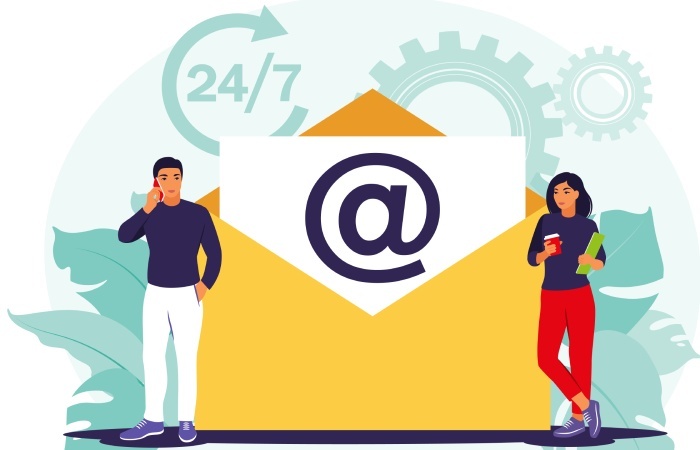
ISO 27001 alignment
ISO 27001 Annex A contains controls that DMARC helps address:
A.8.2: Information Classification
Email often carries sensitive data. Protecting its integrity through authentication is part of safeguarding classified information.
A.12.6: Technical Vulnerability Management
Email spoofing and phishing are vulnerabilities. Implementing DMARC reduces this attack surface, aligning with technical risk mitigation.
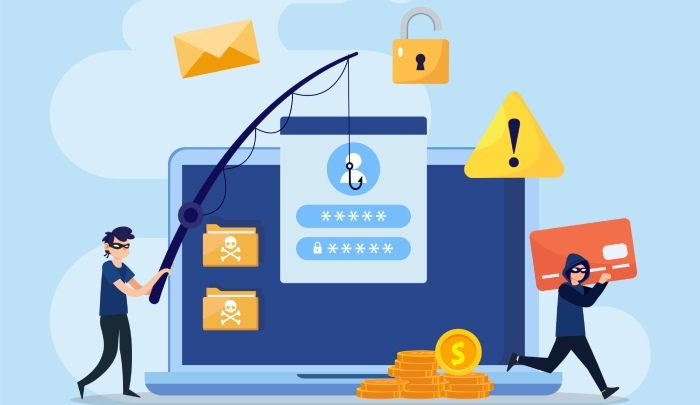
A.13.2: Information Transfer Policies and Controls
Email is a primary transfer channel for information. By enforcing authentication, DMARC ensures only authorized channels are used, reducing the risk of data compromise during transfer.
Unauthenticated email channels directly violate these principles because they allow adversaries to impersonate your organization, eroding data integrity and client trust.
How does DMARC simplify audit?
Evidence gathering is undoubtedly one of the most time-consuming parts of being SOC 2 and ISO 27001 compliant. You have to demonstrate that your security controls are not merely implemented for the sake of it, but are actively enforced, monitored, and adjusted. This is where DMARC holds a distinct advantage.
Policy status indicates compliance
As a domain owner, you can choose one of the three DMARC policies (none, quarantine, or reject). These policies are more than just technical configurations; they actually reflect your organization’s security posture maturity:
- p=none- Monitoring mode; low assurance
- p=quarantine- Medium assurance; suspicious mail gets flagged
- p=reject- Highest assurance; spoofed mail is blocked
Auditors love clear indicators like these because they show progress toward a stronger control environment without digging into vague claims.
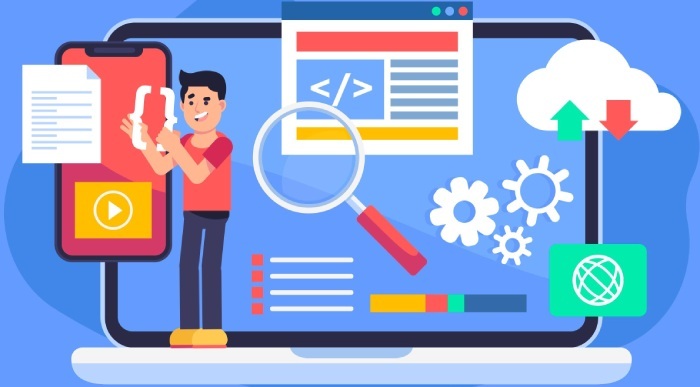
An XML report means automated compliance evidence
Every DMARC-enabled domain generates aggregate XML reports, detailing: sending sources (IP addresses), alignment results (SPF, DKIM checks), and policy application status
Now the XML DMARC reports can be parsed and stored automatically. This way, your audit trail is automatically created without you needing to do anything manually. So, there is no need to scramble for screenshots or logs.
The compliance team can instead focus on presenting structured evidence of email authentication over time, and this is exactly what SOC 2 and ISO auditors need to verify if the controls are effective enough.
PS: Use online parser tools to convert XML reports to easy-to-understand visual dashboards.
DMARC and continuous compliance
Deploying DMARC is a crucial step towards securing your brand reputation from getting soiled because of phishing and spoofing email attacks done in your name. However, SOC 2, ISO, and other compliances don’t just require implementation; they demand proof of ongoing effectiveness. This is where automated continuous compliance comes into play.

Why continuous oversight matters
Often, a company’s technical infrastructure change- a new device, new IPs, switching to a different SaaS vendor, etc. When all these changes occur, it’s essential to make the necessary changes to SPF and DMARC records. If you don’t do it, your SPF and DMARC records will get invalidated, ruining your compliance journey and exposing your domain to cyber threats.
Automation to the rescue
Instead of relying on manual checks and last-minute evidence gathering, organizations are turning to automated compliance monitoring. Here’s what that looks like for DMARC:
- Policy tracking: Regularly verify that your DMARC policy hasn’t reverted to p=none or weakened over time.
- SPF/DKIM health checks: Monitor alignment and alert if something breaks.
- Evidence collection: Aggregate DMARC reports and log policy status changes to build a time-stamped compliance trail without the spreadsheet chaos.
The cost of skipping DMARC in your compliance strategy
DMARC is not just a ‘nice-to-have email hygiene.’ It’s instead a measurable control that helps your brand name avoid BEC exposure while also stabilizing audit outcomes. If you are still not serious about DMARC, then you can face the following repercussions:
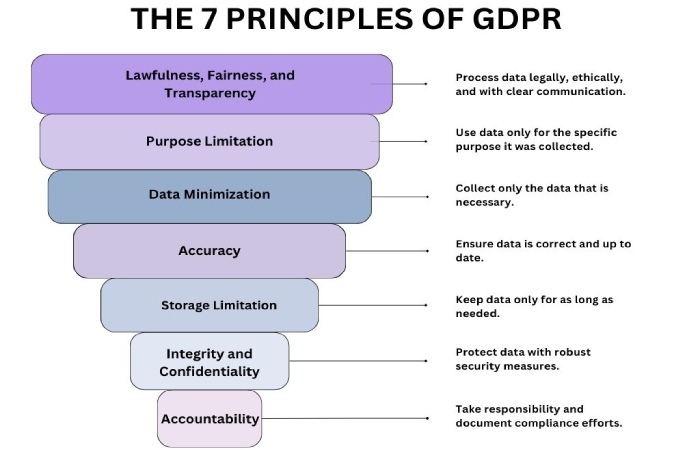
Increased audit failures
Without DMARC in place, you and your team members can be easily impersonated. This gives cyberattackers a chance to send fake vendor invoices, approve payments on behalf of the CFO, or share malware-infected files.
These incidents translate into SOC 2 and ISO 27001 exceptions around access control, secure operations, and information transfer. Even if no money moves, repeated spoofing attempts with weak or drifting policies (p=none) look like ineffective controls, which elevates audit scrutiny and remediation workload.
Regulatory pain and erosion of trust
Spoofed emails can lead to data disclosure, translating into hefty fines and eroded trust of your customers. Under the GDPR, supervisory authorities can levy penalties up to €20 million or 4% of global annual turnover—whichever is higher.
And these penalties aren’t just theoretical. Enforcement actions have reached the billion-euro range, which clearly indicates how serious the compliance bodies are when it comes to punishing weak data protection practices!
HIPAA violation for healthcare businesses
Phishing emails that lead to a breach of patient health information can result in heavy fines under HIPAA. The U.S. Department of Health and Human Services (HHS) Office for Civil Rights can issue penalties if the organization is found at fault.

After the 2024 inflation adjustment, the maximum fine for a serious violation, such as willful neglect that is not fixed within 30 days, can go over $2.13 million for each category of violation. The amount depends on how responsible the organization was for the breach.
In simple terms, one phishing email can end up costing millions if proper safeguards are not in place.
So, if you are also lenient about DMARC deployment and management, it’s time to think about what the repercussions can look like for your business. Want help in getting started? Contact us here.

